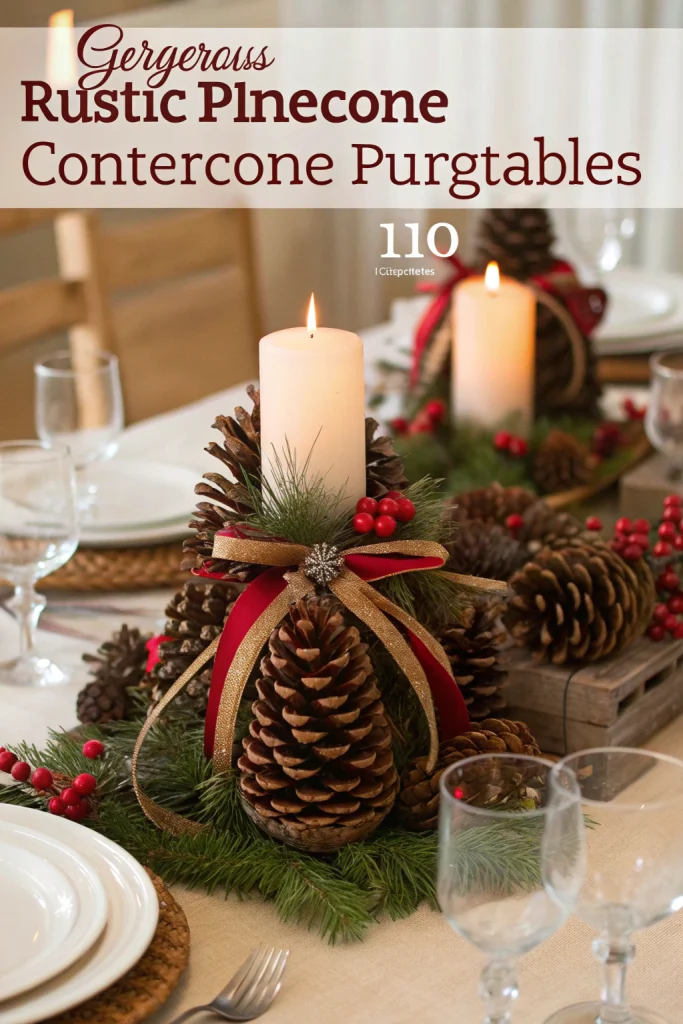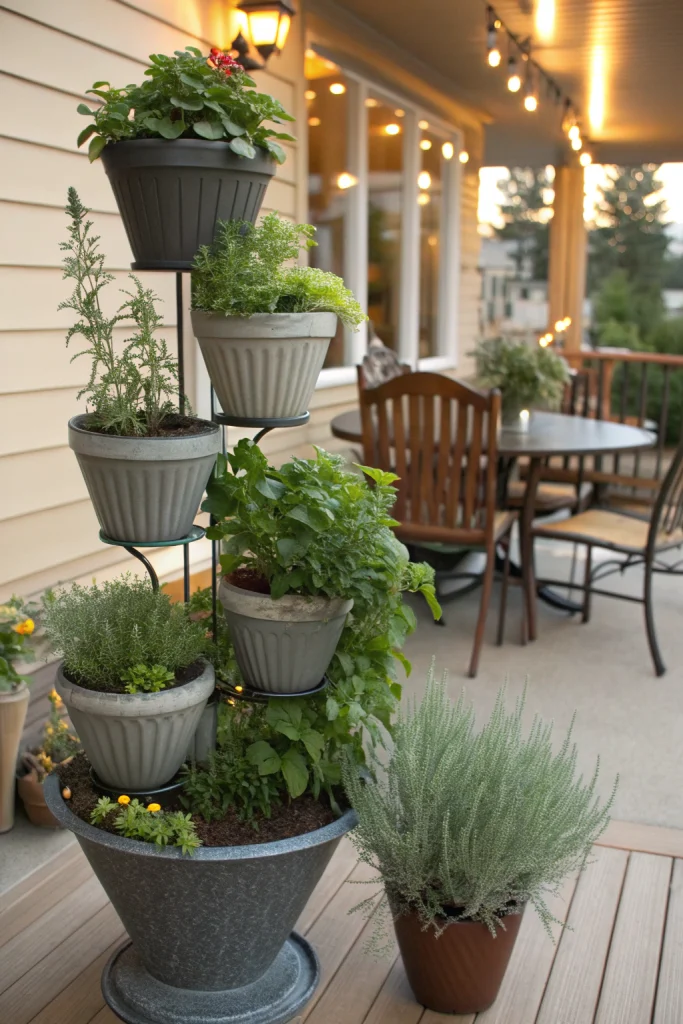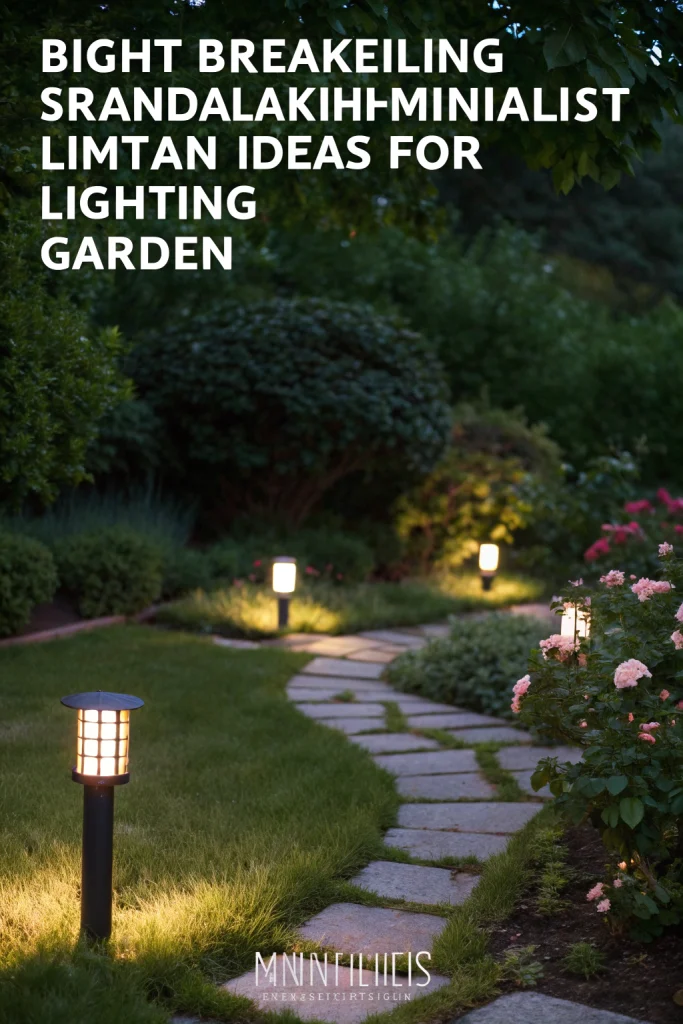Table of Contents
ToggleIndoor, Grow-Light, Shelf, for — Year-Round Sustainable Gardening on a Budget
Indoor, Grow-Light, Shelf, for blends practical, low-cost techniques with real environmental impact. Use these eco-first methods to reduce waste, save water, build living soil, and support pollinators—all while keeping your garden beautiful and productive through the cold season.
[lwptoc]
Why Indoor, Grow-Light, Shelf, for Matters This Season
Winter prep is when smart gardeners get ahead: leaves become mulch, rain becomes irrigation, and “waste” becomes soil food. With Indoor, Grow-Light, Shelf, for, you set resilient foundations now—so spring growth is faster, healthier, and cheaper.
Core Materials & Tools
- Dry leaves, shredded cardboard, twig cuttings (mulch & sheet-mulch layers)
- Compost setup (bin, bokashi, or worm tower for containers)
- Rain barrel with downspout diverter; watering can or soaker hose
- Reusable pots (terracotta/metal/wood) and sturdy seed trays
- Hand tools (stainless trowel, pruners, rake) and a simple sieve
Step-by-Step Method
Step 1 — Build a No-Dig Base with Leaves
Lay cardboard on bare soil, overlap edges by 10–15 cm, wet lightly, then add 5–10 cm of shredded leaves and a thin layer of compost. This suppresses weeds, buffers moisture, and jumpstarts fungi for spring.
Step 2 — Capture Rain & Water Smarter
Install a rain barrel and water early. Group pots by water needs, mulch containers with leaves, and add saucers with gravel to reduce evaporation.
Step 3 — Feed Soil Life Naturally
Start a cold compost (leaves + coffee grounds) or use bokashi indoors, then trench it into resting beds. Sieve last year’s leaf mould to craft a silky seed mix for early sowings.
Step 4 — Balance Pests with Habitat
Keep select seed heads for winter birds; bundle stems into a habitat corner with sticks/leaves. Use mild soap, neem, or garlic sprays only when necessary—companion plant where possible.
Environmental & Cost Impact
With Indoor, Grow-Light, Shelf, for, you can divert many bags of leaves from landfill, cut irrigation needs via mulch and rain capture, and increase garden biodiversity with simple habitat zones.
Advanced Eco Hacks
- Charge homemade biochar in compost tea before mixing into beds.
- Swap plastic seed trays for soil blocks.
- Try milk-jug winter sowing for hardy perennials and salad greens.
- Insulate patio pots with cardboard jackets and leaf fill to protect roots.
Design & Aesthetics (Keep It Beautiful)
Blend sustainability with style: recycled-wood edges, mossy planters, and warm solar path lighting for a cozy Nordic feel. Choose a restrained palette and repeat textures for cohesion.
Common Mistakes to Avoid
- Using peat moss (unsustainable—choose leaf mould instead)
- Over-tidying (remove hazards, keep habitat zones for allies)
- Watering at midday (evaporation losses; water early/late)
- Heavy fertilizing in cold soils (feed microbes, not just plants)
Storage & Winter Care
Cover rain barrels, aerate compost, label leaf-mould pens by date, and oil cleaned tools. Store dry cardboard flat for quick sheet-mulch builds when beds become free.
Conclusion
Indoor, Grow-Light, Shelf, for proves greener gardening is easier, cheaper, and more resilient. Start with leaves, water capture, soil life, and habitat—your spring garden will repay you with vigor and fewer inputs.
FAQ
- Can I start now? Yes—focus on leaves, rain capture, no-dig prep, and tool care.
- Only a balcony? Use worm towers/bokashi in planters and insulate pots with cardboard + leaves.
- Special tools required? No—rake, pruners, and a basic bin (or bags) are enough.
- Science behind this? See resources below.
- Healthline — Growing food in limited space
- Harvard T.H. Chan — Plate & Planet (sustainability)
- Medical News Today — Health benefits of gardening

The Power of Indoor, Grow-Light, Shelf, for: Extending Your Growing Season
The concept of Indoor, Grow-Light, Shelf, for goes beyond just survival; it’s about thriving. By moving portions of your garden indoors, you gain unprecedented control over environmental factors that are impossible to manage outdoors during winter. This means you can start seeds earlier, propagate cuttings, and even harvest fresh greens when snow covers the ground. The grow light acts as a surrogate sun, providing the full spectrum of light essential for photosynthesis, while the shelf system optimizes vertical space, making it perfect for small homes or apartments. This combination transforms an often-dormant season into a period of continuous growth and production.
Choosing the Right Grow Light for Your Indoor Setup
Not all grow lights are created equal, and selecting the right one for your Indoor, Grow-Light, Shelf, for system is crucial. LED grow lights are generally the most energy-efficient and offer a broad spectrum of light that mimics natural sunlight, making them ideal for a variety of plants, from herbs and leafy greens to flowering plants and even fruits. Look for models with adjustable intensity and a timer. Fluorescent lights (T5 or T8) are a more budget-friendly option, particularly good for starting seeds and growing low-light plants. High-intensity discharge (HID) lights, like Metal Halide (MH) and High-Pressure Sodium (HPS), are powerful but generate more heat and consume more energy, making them better suited for experienced growers with larger indoor setups. Consider the size of your shelf and the types of plants you plan to grow to determine the wattage and spectrum needed.
Designing Your Efficient Indoor Shelf System
An effective shelf system for your Indoor, Grow-Light, Shelf, for setup should be sturdy, adjustable, and allow for proper air circulation. Wire shelving units are a popular choice because they are durable, easy to clean, and allow light and air to pass through, reducing the risk of mold and mildew. Ensure each shelf can bear the weight of your pots, soil, and watering. Adjustable shelves are a huge advantage, allowing you to raise or lower your grow lights as your plants grow, maintaining the optimal distance for light penetration. Reflective materials, such as Mylar sheeting or even white paint on nearby walls, can significantly improve light utilization by bouncing stray light back onto your plants. This maximizes the efficiency of your grow lights, translating to better plant growth and lower energy costs.
Starting Seeds and Cuttings Indoors with Grow Lights
One of the most rewarding aspects of using an Indoor, Grow-Light, Shelf, for setup is the ability to get a head start on your spring planting. Starting seeds indoors allows you to extend the effective growing season, cultivating varieties that might not have enough time to mature if sown directly outdoors. Utilize biodegradable seed starting pots or soil blocks to reduce plastic waste. For cuttings, the controlled environment provided by the grow light and shelf system offers the perfect conditions for root development, boosting your plant collection with minimal cost. Always ensure good air circulation around seedlings and cuttings to prevent damping-off disease. A small fan can be very effective in strengthening stems and preventing fungal issues.
Cultivating Herbs and Leafy Greens Year-Round
With an Indoor, Grow-Light, Shelf, for, fresh herbs and leafy greens are always within reach, regardless of the season. Basil, parsley, cilantro, mint, lettuce, spinach, and kale are all excellent candidates for indoor cultivation. These plants generally have lower light requirements compared to fruiting plants and thrive under standard LED or fluorescent grow lights. Harvest regularly to encourage continuous growth, using a cut-and-come-again method for many leafy greens. This not only provides a steady supply of fresh produce but also keeps your plants productive and healthy. The joy of adding homegrown ingredients to your winter meals is unparalleled and significantly reduces your carbon footprint associated with store-bought produce.
Watering Strategies for Your Indoor, Grow-Light, Shelf, for Garden
Watering correctly in an Indoor, Grow-Light, Shelf, for environment is slightly different from outdoor gardening. Plants under grow lights can dry out more quickly due to the artificial heat. However, overwatering is a common mistake indoors and can lead to fungal diseases and root rot. Always check the soil moisture before watering by sticking your finger about an inch into the soil. Use self-watering pots or capillary mats for consistent moisture. Bottom watering, where you place pots in a tray of water and let the soil absorb it from below, is also an excellent method, ensuring roots get sufficient water without compacting the soil surface. Captured rainwater, as discussed earlier, is ideal due to its natural pH balance and lack of chlorine, further boosting the health of your indoor plants.
Nutrient Management for Indoor Plants
Indoor plants, especially those grown in containers on an Indoor, Grow-Light, Shelf, for, will deplete soil nutrients faster than their outdoor counterparts. Incorporating natural fertilizers is key to maintaining healthy growth. Compost tea, a liquid extract from compost, provides a gentle, nutrient-rich boost. Worm castings are another excellent option, offering a slow-release source of micronutrients and beneficial microbes. For more vigorous growth or fruiting plants, organic liquid fertilizers can be applied at half strength every few weeks. Remember, lighter and more frequent feeding is often better than heavy, occasional fertilization indoors. Observe your plants for signs of nutrient deficiencies, such as yellowing leaves or stunted growth, to adjust your feeding schedule accordingly.
Pest and Disease Prevention in Your Indoor, Grow-Light, Shelf, for Garden
While an Indoor, Grow-Light, Shelf, for setup provides a somewhat controlled environment, pests and diseases can still emerge. Common indoor pests include spider mites, aphids, whiteflies, and fungus gnats. Prevention is the best cure: inspect new plants for pests before bringing them indoors, maintain good air circulation, and avoid overwatering. If pests do appear, organic solutions like neem oil, insecticidal soap, or sticky traps are effective. For fungus gnats, beneficial nematodes or a layer of sand on top of the soil can disrupt their life cycle. Keeping your growing area clean and removing dead leaves also helps deter pests and diseases, ensuring your indoor garden remains healthy and vibrant.
Maximizing Space and Efficiency with Vertical Gardening
The inherent design of an Indoor, Grow-Light, Shelf, for system lends itself perfectly to vertical gardening. This approach is invaluable for maximizing your growing potential in limited spaces. Consider stacking planters, employing wall-mounted systems, or using tiered shelving units. For vine-producing plants like cherry tomatoes or small cucumbers, incorporate trellises or stakes. Even herbs can be grown in vertical pockets or hanging planters around your shelf system. By thinking vertically, you can dramatically increase the number of plants you grow, making your indoor garden a truly productive oasis, even in a small apartment. This efficiency not only saves space but also optimizes the use of your grow lights, reaching more plants per watt.
The Role of Air Circulation and Humidity in Indoor Cultivation
Maintaining optimal air circulation and humidity levels is crucial for the success of your Indoor, Grow-Light, Shelf, for garden. Stagnant air can lead to a buildup of heat and humidity, creating a breeding ground for fungal diseases like powdery mildew and damping off. A small oscillating fan, strategically placed, can mimic natural breezes, strengthening plant stems and promoting healthy airflow. This also helps in the transpiration process, allowing plants to absorb nutrients more efficiently. Humidity requirements vary by plant type; many tropical plants prefer higher humidity, while succulents prefer drier conditions. A simple hygrometer can help you monitor humidity. For plants needing more moisture, occasional misting or placing trays of water near the shelf can help, especially during dry winter months when indoor heating can drastically reduce humidity.
Sustainable Container Choices for Your Indoor Garden
The choice of containers for your Indoor, Grow-Light, Shelf, for system impacts both plant health and your environmental footprint. Opt for reusable and sustainable materials. Terracotta pots, while classic and breathable, can dry out quickly. Glazed ceramic or plastic pots (repurposed if possible) retain moisture better. Fabric grow bags are excellent for aeration and preventing root circling, promoting a healthier root system. Consider upcycling common household items like old food containers, milk jugs, or coffee pots, ensuring they have drainage holes. The key is durability and functionality. By choosing long-lasting containers, you reduce waste and invest in a truly sustainable indoor gardening practice.
Integrating an Indoor, Grow-Light, Shelf, for System into Home Decor
An Indoor, Grow-Light, Shelf, for setup doesn’t have to be purely utilitarian; it can also be a beautiful and calming addition to your home. Design is key. Choose attractive shelving units made from wood or sleek metal. Select pots that complement your decor in terms of color and texture. Strategically place your indoor garden near a window to utilize some natural light while still relying on your grow lights for supplementary illumination. Incorporate decorative elements like small stones, moss, or driftwood to create a mini landscape. The soft glow of LED grow lights can also add a unique ambient lighting effect during darker hours. By integrating form and function, your indoor garden becomes a living piece of art.
Harnessing Rainwater for Your Indoor Plants
The earlier discussion on capturing rainwater extends perfectly to your Indoor, Grow-Light, Shelf, for plants. Rainwater is superior to tap water for several reasons. It’s naturally soft, free of chlorine and other chemicals often found in municipal water supplies, and contains beneficial micronutrients. Setting up a rain barrel outside, as mentioned, allows you to collect this valuable resource. For indoor use, simply fill a watering can or other container from your rain barrel. Storing rainwater ensures you have a readily available, chemical-free water source that contributes to healthier plants and significantly reduces your reliance on treated tap water, enhancing the eco-friendliness of your indoor gardening efforts.
The Benefits of Leaf Mould and Composting for Indoor Growing
The core principle of “waste becomes soil food” from the outdoor guide is equally vital for your Indoor, Grow-Light, Shelf, for garden. Leaf mould – decomposed leaves – is an incredible soil amendment. It improves soil structure, enhances water retention, and provides a slow release of nutrients, all without the strong smell sometimes associated with compost, making it perfect for indoor use. You can easily make your own leaf mould by simply collecting fallen leaves in a mesh bag and letting them decompose over time. For general kitchen scraps, a small indoor worm composting bin (vermiculture) or a Bokashi system can transform food waste into rich compost that will feed your indoor plants, creating a closed-loop system that minimizes waste and maximizes soil health for your shelf-grown produce.
Winter Sowing and Cold Stratification with Your Indoor Setup
While the Indoor, Grow-Light, Shelf, for system provides warmth and light, it can also play a role in preparing seeds that require a period of cold stratification. This process mimics the natural winter conditions many perennial and hardy annual seeds need to break dormancy. After a period of cold stratification (which can happen in your refrigerator), moving these seeds to your grow light shelf environment gives them the ideal conditions to germinate rapidly. Alternatively, “milk jug winter sowing” involves planting seeds in repurposed milk jugs and leaving them outdoors during winter, then bringing the sprouted seedlings under your grow lights in early spring. This combines natural processes with your indoor setup, broadening the variety of plants you can successfully grow.
Maintenance and Longevity of Your Indoor, Grow-Light, Shelf, for System
To ensure your Indoor, Grow-Light, Shelf, for system serves you well for many seasons, regular maintenance is essential. Clean your grow lights periodically to remove dust and debris, which can reduce light output. Check electrical connections for safety. Clean your shelves and trays regularly to prevent pest infestations and fungal growth. Replace grow light bulbs according to manufacturer recommendations – even if they still work, their light spectrum can degrade over time, becoming less effective for plant growth. Proper tool care, including cleaning and oiling hand tools, as mentioned for outdoor use, also applies to your indoor implements. By investing a little time in maintenance, you ensure the longevity and efficiency of your sustainable indoor garden.
The Community Aspect: Sharing Knowledge and Harvests
The principles behind Indoor, Grow-Light, Shelf, for often lead to an abundance of produce and knowledge. Don’t keep it to yourself! Share your excess seedlings, cuttings, and fresh harvests with friends, family, and neighbors. This not only builds community but also encourages others to adopt sustainable gardening practices. Exchange tips and tricks with fellow gardeners, online or in person. Participating in seed swaps or plant exchanges can introduce you to new varieties and methods. The sustainable gardening movement thrives on shared knowledge and collective action. Your indoor grow-light shelf can be a small but significant part of a larger network promoting environmental awareness and fresh, local food.



